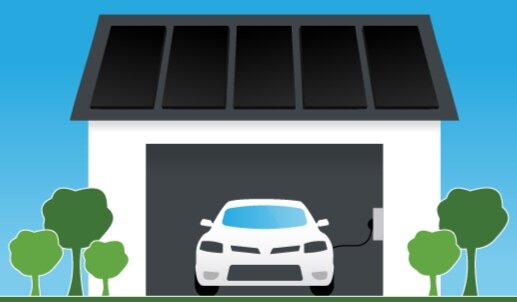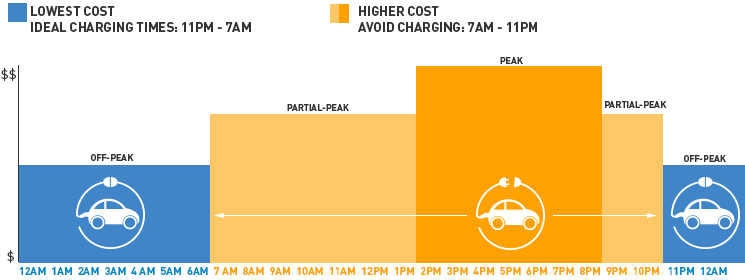Okay, quick show of hands: How many of you have toured, strolled, ran, dog-walked or bird-watched at the Yolo Bypass Wildlife Area? In addition to you, your children and/or grandchildren?
The Yolo Bypass Wildlife Area is a regional treasure. And, Yolo Basin Foundation (YBF) enriches our community by providing educational experiences for all ages to enjoy the wetlands and wildlife of this local resource. RepowerYolo is proud to support the Foundation through our YoloShines program. In 2020, we intend to amplify our support of YBF.
In the continued wake of CV-19, the outdoor educational and enrichment services YBF delivers are more important than ever. Our children and grandchildren need it, and so too do us old folks!
We recently sat down – virtually – with YBF’s team to learn more. Herein, hopefully you will gleam our passion for YBF and join us in supporting their critical work.
1) What is Yolo Basin Foundation and why do you exist?
Yolo Basin Foundation (YBF) is a 501(c)(3) nonprofit organization whose mission is to expand the public’s appreciation and stewardship of the wetlands and wildlife in the Yolo Basin through education and innovative partnerships. People drive across the I-80 “causeway” connecting Davis to Sacramento, but do they understand that this area provides not only flood control, but animal and plant habitats and wildlife-friendly agriculture? YBF helps people experience and connect with the environment around them, including the wetlands that are right next door.
2) Who do you serve?
YBF provides environmental education programs to youth and the public about the Yolo Bypass Wildlife Area’s resources and its importance locally and statewide. We reach over 10,000 people annually through dozens of programs we offer year-round. Our reach extends over 5 counties, but most served are from Yolo and Sacramento counties.
3) Please share more about your programs.
We have amazing programs and take pride in the diversity of opportunities available. There is something for everyone. Our school field trips and classroom programs enhance science and social science curriculum. We provide wetland tours, bat education and awareness programs, our annual California Duck Days family festival, wetland-themed summer camps, nature workshops and hikes, and our speaker series that highlights environmental issues, current research topics in conservation, and topics associated with the natural history of Northern California. Go to yolobasin.org to learn about the programs we offer. There are dozens! Because of the current situation, many of our programs are on hold so we are offering numerous virtual opportunities. We look forward to providing in-person experiences as soon as we are able. Currently, the Yolo Bypass Wildlife Area is open daily, sunrise to sunset for people to enjoy on their own.
4) Can you share a story about a meaningful impact YBF generated?
Yolo Basin Foundation (YBF) was founded in 1990 as a community based-organization to assist in the establishment of the Yolo Bypass Wildlife Area, a 25-mile expanse that lies beneath I-80 between Davis and Sacramento. It was a successful venture and work continues today. We have formed collaborative partnerships with local farmers and private wetland managers, conservation organizations, elected officials and the government including wildlife, flood control, and water quality agencies. The Wildlife Area is home to over 200 species of birds, more than 250,000 Mexican free-tailed bats, wildlife friendly agriculture, and miles of walking trails where people can explore on their own or through guided tours provided by YBF. We are proud of what we have and continue to accomplish.
5) How can our community get involved?
Want to get involved? There are so many ways!
Become a volunteer! YBF would not be what it is today without its over 200 volunteers. Are you a local birder? Become a wetland tour docent. Like kids? Become a docent for our Discover the Flyway outdoor education program. Like working outdoors? Participate in one of our Demonstration Wetland clean-up days. Like working indoors? We have plenty of office work and special projects to keep you busy. Contact Sabreena Britt (sbritt@yolobasin.org), YBF’s volunteer coordinator, to learn how you can become a volunteer.
Attend Programs and Events! Do you enjoy learning new things? Our Explorer Series programs are small group one-day events, from raptor and astronomy educational programs, to natural history excursions and fine art classes. Each summer we hold our Bat Talk and Walk programs where participants learn about and observe the flyout of over 250,000 Mexican free-tailed bats. Our California Duck Days family-friendly festival occurs every February, and there is so much more. Check out yolobasin.org to learn more about our programs.
6) How can we, the community, help?
As with other nonprofit organizations, financial support, volunteers and a motivated staff are what keeps YBF alive. Every time a person pays for an event or program, the money is used to sustain the organization. Becoming a member, making Yolo Basin Foundation the recipient of your AmazonSmile purchases or using your Scrip card at Nugget Markets (designated to support to YBF) are a few simple ways to support us. Of course, we can always use monetary contributions. To learn more about how you can support YBF, please go to yolobasin.org/supportybf.
And don’t forget to spread the word! We’d love to have all local residents experience what Yolo Basin Foundation has to offer.
7) Over the next three years YBF will…
Over the next three years our plans for the future are simple. We will continue the programs we have now and provide additional and enhanced opportunities for people from all walks of life to experience and appreciate the wetlands and wildlife of our region. Through these experiences, we hope our participants will be able to make knowledgeable decisions that can positively affect our environment. We’d like everyone to truly see how one’s personal decisions impact the natural world around us.
One of our goals is to continue to provide school bus stipends to any school that needs financial support so that lack of transportation is not the deciding factor for participating in the Discover the Flywayoutdoor education school program. We’d like the California Duck Days festival admission fee to remain minimal so all families and individuals can attend. We plan to expand our programs to groups such as the Girl and Boy Scouts. The more funding we receive, the more we can do! Our list of wishes is endless!




![[Photo courtesy of the great Owen Yancher @davisenterprise.com]](https://images.squarespace-cdn.com/content/v1/56747934841abad6a8482166/1612922533152-2ZQRDP74QWQY8PGW2DEG/HJ1A9098-600x400.jpg)



















